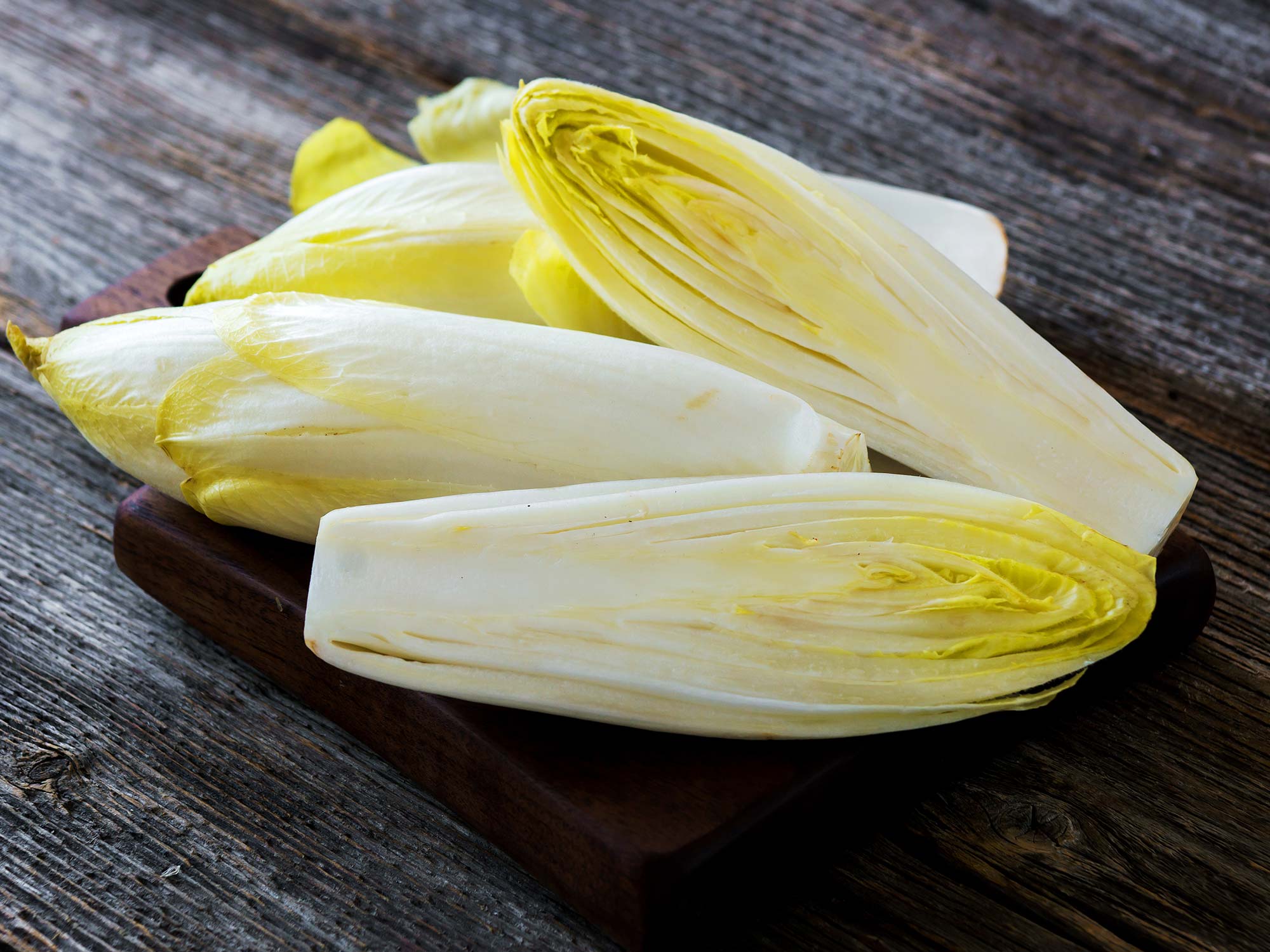
What is Witloof? Witloof, also known as Belgian endive, is a type of chicory. This leafy vegetable has a unique, slightly bitter taste and crisp texture. Originating in Belgium, it’s grown in darkness to keep its pale color. Witloof is often used in salads, soups, and even grilled dishes. Its versatility makes it a favorite among chefs and home cooks alike. Packed with vitamins and minerals, it’s a healthy addition to any meal. Whether you’re a foodie or just curious about new veggies, learning about witloof can add a fresh twist to your culinary adventures.
Key Takeaways:
- Witloof, also known as Belgian endive, is a versatile vegetable packed with nutrients, antioxidants, and low in calories, making it a great addition to a healthy diet.
- Growing witloof is a two-stage process called "blanching," where the chicory roots are forced to grow in darkness, resulting in tender, white leaves with reduced bitterness.
What is Witloof?
Witloof, also known as Belgian endive, is a type of chicory. It has a slightly bitter taste and is often used in salads or cooked dishes. Let's dive into some interesting facts about this unique vegetable.
-
Witloof means "white leaf" in Dutch. This name comes from the pale color of the leaves, which are grown in darkness to keep them tender and white.
-
Belgian endive was discovered by accident in the 19th century. A Belgian farmer stored chicory roots in his cellar, and when he returned, he found they had sprouted tender, white leaves.
Nutritional Benefits of Witloof
Witloof isn't just tasty; it's also packed with nutrients. Here are some of the health benefits you can get from adding it to your diet.
-
Witloof is low in calories but high in fiber. This makes it a great choice for those looking to maintain a healthy weight.
-
It is rich in vitamins and minerals, including vitamin A, vitamin K, and folate. These nutrients are essential for maintaining good health.
-
The vegetable contains antioxidants, which help protect your cells from damage caused by free radicals.
How to Grow Witloof
Growing witloof can be a fun and rewarding experience. Here are some facts about how this vegetable is cultivated.
-
Witloof is grown in two stages. First, the chicory roots are grown in the field. Then, the roots are harvested and forced to grow in darkness to produce the white leaves.
-
The process of growing witloof in darkness is called "blanching." This technique keeps the leaves tender and reduces their bitterness.
-
Witloof can be grown indoors or outdoors. If you choose to grow it indoors, you can use a dark, cool place like a basement or a closet.
Culinary Uses of Witloof
Witloof is a versatile vegetable that can be used in a variety of dishes. Here are some ways you can enjoy it.
-
Witloof can be eaten raw in salads. Its crisp texture and slightly bitter taste add a unique flavor to any salad.
-
It can also be cooked. Try roasting, grilling, or braising witloof to bring out its natural sweetness.
-
Witloof pairs well with a variety of ingredients, including cheese, nuts, and fruits. This makes it a great addition to many different recipes.
Fun Facts About Witloof
Here are some additional fun facts about witloof that you might not know.
-
Witloof is sometimes called "white gold" in Belgium. This nickname reflects its value and popularity in Belgian cuisine.
-
The vegetable is often used in traditional Belgian dishes, such as "chicons au gratin," which is witloof wrapped in ham and baked with cheese sauce.
-
Witloof has a long shelf life. When stored properly in a cool, dark place, it can last for several weeks.
-
The bitterness of witloof can be reduced by soaking it in water with a little lemon juice before cooking. This simple trick can make it more palatable for those who are sensitive to bitter flavors.
Witloof's Hidden Gems
Witloof, or Belgian endive, isn't just another leafy green. Packed with vitamins A and K, it supports eye health and bone strength. Its low-calorie count makes it a diet-friendly choice, while its fiber content aids digestion. This veggie's slightly bitter taste can elevate salads, soups, and even grilled dishes. Plus, it's a great source of folate, essential for cell growth and function.
Farmers grow witloof in darkness to maintain its pale color and unique flavor. This process, called blanching, sets it apart from other greens. Whether you're a foodie or just looking for a healthy addition to your meals, witloof offers a blend of nutrition and versatility. So next time you're at the market, grab some witloof and enjoy its many benefits.
Frequently Asked Questions
Was this page helpful?
Our commitment to delivering trustworthy and engaging content is at the heart of what we do. Each fact on our site is contributed by real users like you, bringing a wealth of diverse insights and information. To ensure the highest standards of accuracy and reliability, our dedicated editors meticulously review each submission. This process guarantees that the facts we share are not only fascinating but also credible. Trust in our commitment to quality and authenticity as you explore and learn with us.


